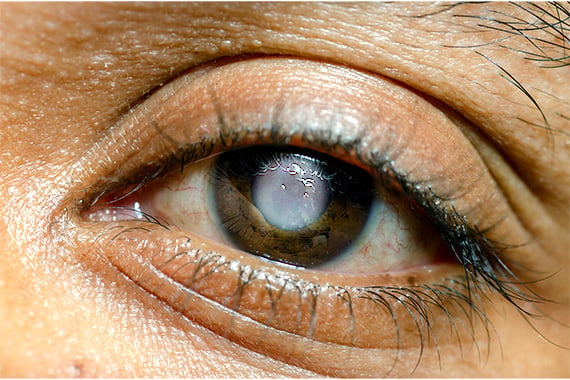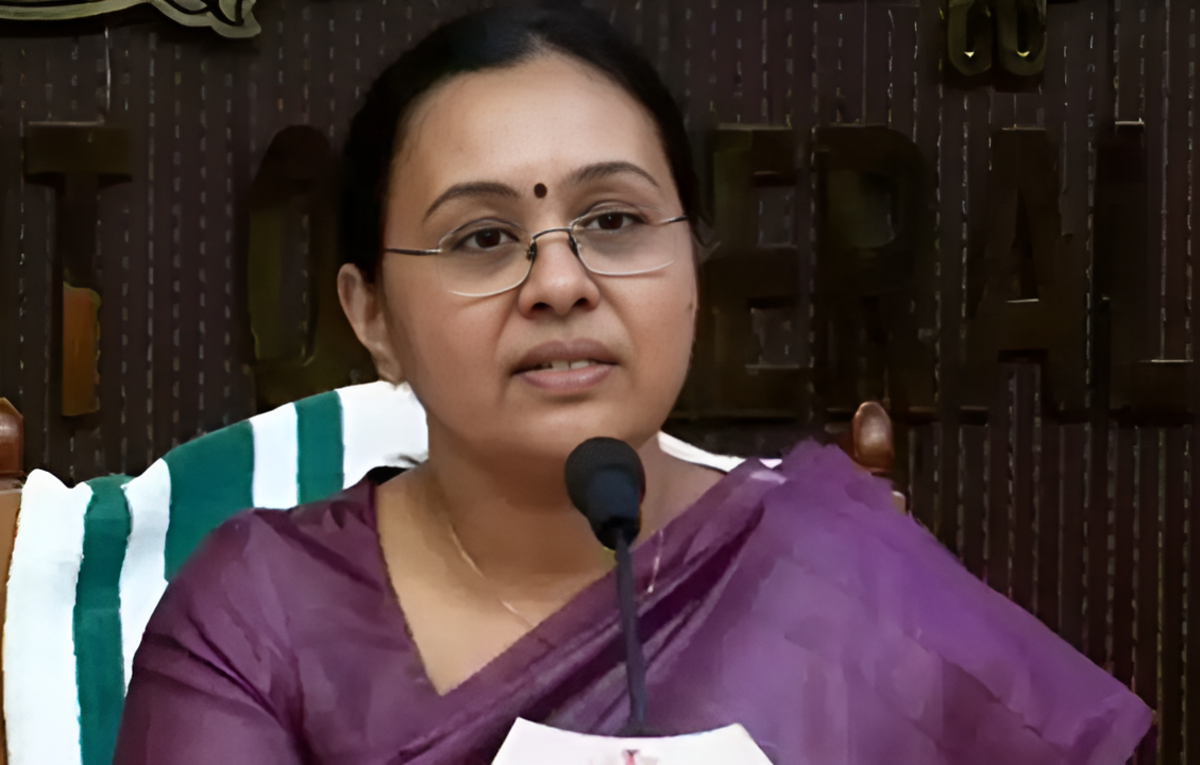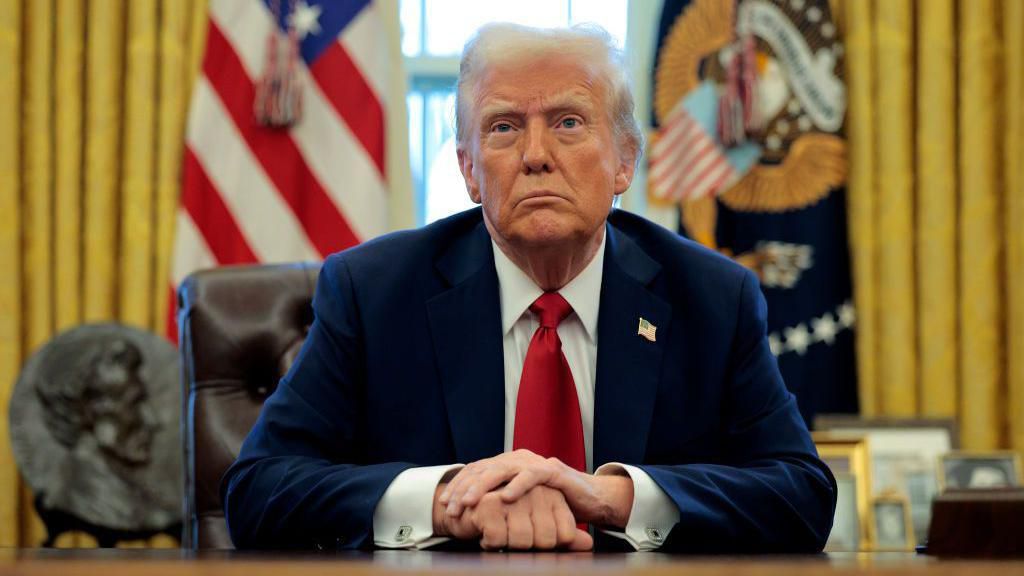Public Awareness on Glaucoma: The Silent Thief of Sight

Glaucoma stands as a significant cause of irreversible blindness globally, with a particularly pronounced impact in developing nations. Statistics from 2020 indicated that glaucoma was responsible for blindness in approximately 3.61 million individuals, accounting for 8.4% of all blindness cases worldwide. Furthermore, it led to moderate and severe vision impairment in about 4.14 million people, representing 1.4% of such cases. The World Health Organisation estimates the global prevalence of glaucoma at 3.54%, affecting roughly 80 million people. This figure is projected to escalate to 111.8 million by the year 2040, with Africa exhibiting the highest prevalence, especially primary open-angle glaucoma among those aged 40-80 years.
Fundamentally, glaucoma encompasses a group of eye diseases that inflict damage upon the optic nerve, the crucial conduit transmitting visual information from the eye to the brain. This damage, often resulting from increased pressure within the eye (intraocular pressure), is typically chronic and progressive, meaning it tends to worsen over time if not adequately managed. Such progression can lead to a gradual loss of vision, potentially culminating in irreversible blindness. While a definitive cure for glaucoma remains elusive, early diagnosis and appropriate treatment can effectively slow the disease's advancement and preserve existing vision.
There are four primary types of glaucoma: open-angle glaucoma, angle-closure glaucoma, congenital glaucoma, and secondary glaucoma. Open-angle glaucoma is the most prevalent form, characterized by a slow and gradual decline in vision. Angle-closure glaucoma, though less common, can precipitate sudden and severe vision loss if not addressed promptly. Congenital glaucoma is present from birth, often stemming from abnormal ocular development. Secondary glaucoma arises as a consequence of other underlying medical conditions, such as diabetes or a tumour, or due to factors like prolonged corticosteroid use.
Several risk factors heighten an individual's susceptibility to developing glaucoma. The most significant among these is elevated intraocular pressure. The risk also escalates with age, particularly after 40 and more substantially after 60. A family history of glaucoma is a strong predisposing factor, and specific genes have been identified that can increase this risk. Underlying medical conditions, including diabetes, high blood pressure, and certain pre-existing eye diseases, can also elevate the likelihood of glaucoma. Past eye injuries or specific types of eye surgery may sometimes lead to its development. The long-term application of corticosteroids, especially in eye drop form, is a known risk for secondary glaucoma. Individuals with corneas thinner than normal face an increased risk, as do those with certain eye conditions like pigmentary dispersion syndrome or uveitis. Furthermore, epidemiological studies suggest that individuals of Black, Hispanic, and Asian descent may have a higher inherent risk of developing glaucoma.
In Nigeria, it is estimated that approximately 5% of the population suffers from glaucoma, and the disease is attributed to around 0.7% of all cases of blindness in the country. A considerable portion of glaucoma cases in Nigeria is primary open-angle glaucoma. Alarmingly, a substantial number of individuals with glaucoma in Nigeria remain undiagnosed or untreated. Various factors contribute to this underutilization of available resources for glaucoma detection and treatment. A widespread lack of awareness about glaucoma and its often-subtle early symptoms leads to delays in diagnosis and the initiation of treatment. This is compounded by limited public education and communication regarding the disease. The high cost of glaucoma treatment, encompassing medications and surgical interventions, poses a significant financial barrier for many Nigerians, and the coverage and accessibility of public funding initiatives are often insufficient. Nigeria also grapples with a shortage of specialized eye care professionals and adequately equipped facilities, particularly in rural and underserved areas. The absence of proper diagnostic tools in many healthcare centers further curtails the capacity to effectively diagnose and manage glaucoma. Additional barriers include long distances to healthcare facilities, especially in rural settings, and inadequate transportation. Socioeconomic determinants such as low education levels, unemployment, and gender disparities can restrict access to crucial information and healthcare resources. Poverty can directly impact an individual's ability to seek and adhere to treatment regimens. Poor patient compliance with prescribed medication schedules and follow-up appointments significantly undermines treatment efficacy, sometimes due to a lack of social support or understanding of the disease. Moreover, some patients may exhibit reluctance towards surgical intervention, even when recommended, due to concerns about potential risks and complications, or a lack of comprehension regarding its benefits.
Given that glaucoma often progresses without noticeable symptoms in its initial stages, regular and comprehensive eye examinations are paramount for early detection. It is generally recommended that individuals at higher risk undergo comprehensive dilated eye examinations every one to two years. Early detection allows for timely intervention, which can help control the disease and prevent further, irreversible vision loss. A specific form, acute angle-closure glaucoma, represents a medical emergency requiring immediate treatment to avert blindness; its symptoms include sudden, severe eye pain, headache, nausea, and blurred vision. Anyone experiencing such symptoms must seek urgent medical attention. Adopting a healthy lifestyle—including a balanced diet, regular physical activity, and abstaining from smoking—can help mitigate the risk of developing conditions that may contribute to glaucoma. Individuals with a family history of glaucoma or other identified risk factors should consult their doctor to discuss their specific situation and determine an appropriate screening schedule. Ultimately, fostering awareness of the importance of eye health and encouraging proactive seeking of medical care when concerns arise about vision are crucial steps in combating the impact of glaucoma. Any delay in addressing potential eye issues can lead to serious and avoidable consequences.












